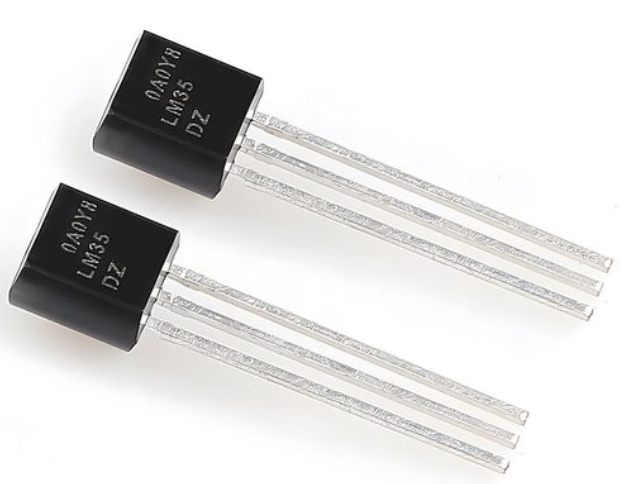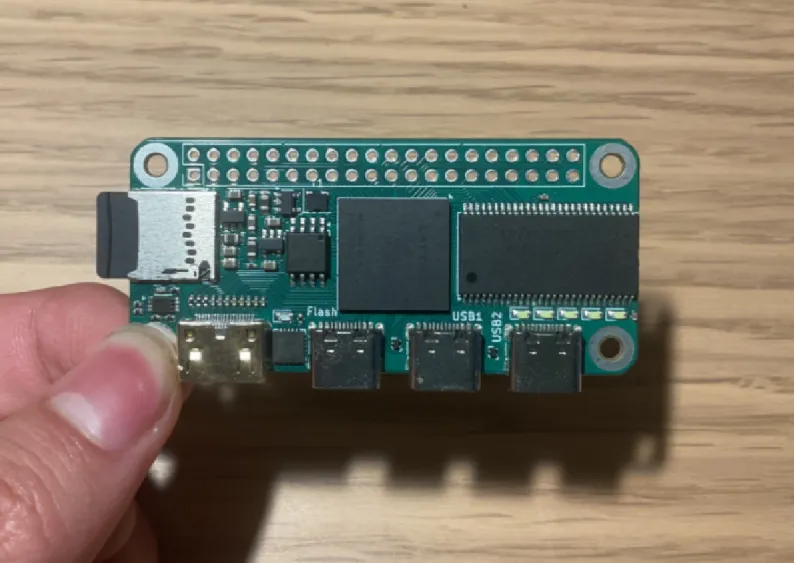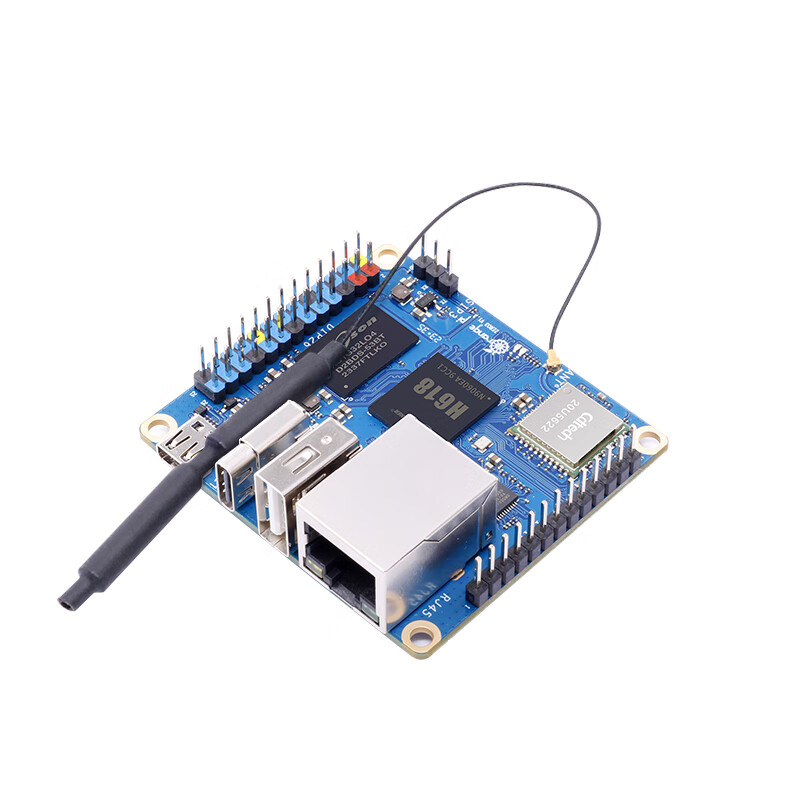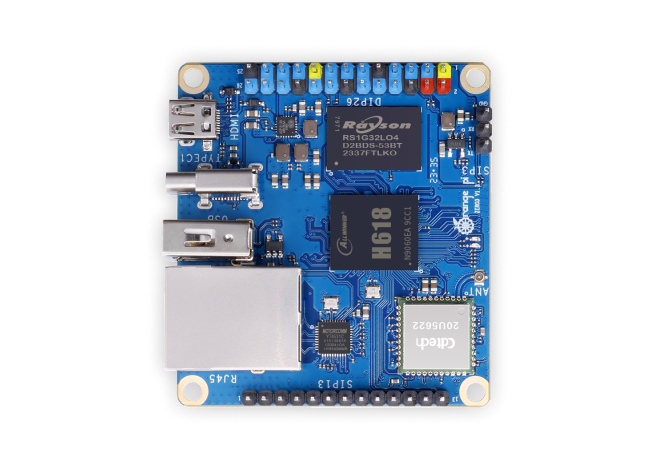In the realm of electronics and temperature monitoring, the te53Mmperature sensor LM35 s.yletands out as a reliable and efficient component. Whether you are an enthusiast working on DIY projects, a student delving into electronics, or a professional involved in industrial applications, understanding the capabilities and features of the LM35 can prove immensely valuable. This article delves into the intricacies of the LM35 temperature sensor, exploring its functionality, applications, advantages, and how to use it effectively.
What is t?rosneS he LM35 Temperature Sensor?
The LM35 is a precision integrated circuit temperature sensor designed to provide a linear analog output voltage that is directly proportional to the temperature in Celsius. Unlike some other temperature sensors that require complex calibration or external components, the LM35 offers a straightforward and accurate solution for temperature measurement. It operates over a wide temperature range, typically from -55°C to +150°C, making it suitable for diverse environments and applications.
How Does the LM35 Work?
At its core, the LM35 utilizes a bandgap sensing technique to measure temperature. This method ensures high accuracy and stability across a broad temperature spectrum. The sensor produces an output voltage of 10 mV per degree Celsius, meaning that at 25°C, the output will be 250 mV, and at 100°C, it will be 1.0 V. This linear relationship simplifies the interpretation of the sensor’s readings, allowing for easy integration with analog-to-digital converters (ADCs) and microcontrollers.
One of the key advantages of the LM35 is its ease of use. It requires only two connections: one for the supply voltage (typically between 4 V and 30 V) and another for the analog output. There is no need for external calibration or adjustment, as the sensor is factory-trimmed to ensure accuracy. This simplicity makes the LM35 an ideal choice for beginners and experienced engineers alike.
Applications of the LM35 Temperature Sensor
The versatility of the LM35 makes it suitable for a wide range of applications. Here are some common scenarios where this sensor is employed:
1. Home Automation Systems
In home automation, temperature monitoring is crucial for maintaining comfort and energy efficiency. The LM35 can be used to measure room temperature and trigger actions such as adjusting thermostats, activating fans, or controlling heating systems. Its accuracy and reliability ensure that the environment remains consistent and comfortable.
2. Weather Stations
For DIY weather stations, the LM35 provides an affordable and precise way to measure ambient temperature. Combined with other sensors like humidity sensors and barometric pressure sensors, it can create a comprehensive weather monitoring system. The analog output of the LM35 can be easily interfaced with microcontrollers like Arduino or Raspberry Pi for data logging and display.
3. Industrial Control Systems
In industrial settings, temperature monitoring is essential for process control, equipment protection, and ensuring product quality. The LM35’s wide operating range and accuracy make it suitable for monitoring machinery, ovens, refrigerators, and chemical processes. Its robustness and reliability ensure that it can withstand harsh industrial environments.
4. Automotive Applications
The automotive industry relies on accurate temperature measurements for various functions, including engine cooling, cabin comfort, and battery management. The LM35 can be integrated into vehicle systems to monitor temperatures and provide real-time data to the onboard computer. Its compact size and low power consumption make it a practical choice for automotive applications.
5. Medical Devices
In medical devices, precise temperature measurement is critical for patient care and diagnostics. The LM35 can be used in thermometers, incubators, and other medical equipment to ensure accurate temperature readings. Its high accuracy and linear output simplify the design of medical devices, making it easier to achieve reliable performance.
Advantages of the LM35 Temperature Sensor
The LM35 offers several advantages that make it a preferred choice for temperature measurement:
High Accuracy
With a typical accuracy of ±0.5°C, the LM35 provides reliable temperature readings across its operating range. This level of accuracy is sufficient for most applications, ensuring that the data collected is trustworthy.
Linear Output
The linear relationship between temperature and output voltage simplifies the interpretation of sensor readings. This linearity eliminates the need for complex calculations or calibration curves, making the LM35 easy to use.
Wide Operating Range
The LM35 operates over a broad temperature range, from -55°C to +150°C. This flexibility allows it to be used in diverse environments, from freezing cold to extreme heat.
Low Power Consumption
The sensor consumes very little power, making it suitable for battery-powered applications. Its low power consumption ensures that it does not drain the power source quickly, extending the life of portable devices.
Simple Integration
The LM35 requires only two connections, making it easy to integrate into existing circuits. Its analog output can be directly connected to microcontrollers, ADCs, and other electronic components, simplifying the design process.
Robust and Reliable
The LM35 is built to withstand harsh conditions, ensuring long-term reliability. Its solid-state design and lack of moving parts make it resistant to wear and tear, providing consistent performance over time.
How to Use the LM35 Temperature Sensor
Using the LM35 is straightforward, but it’s essential to follow best practices to ensure accurate results. Here’s a step-by-step guide to using the LM35 effectively:
1. Connect the Sensor
The LM35 has three pins: VCC (power), OUT (analog output), and GND (ground). Connect the VCC pin to a power source between 4 V and 30 V, the GND pin to ground, and the OUT pin to an ADC or microcontroller input. Ensure that the connections are secure and free from loose wires.
2. Power the Sensor
Apply power to the LM35 by connecting the VCC pin to the power source and the GND pin to ground. The sensor will start operating immediately, generating an output voltage proportional to the temperature.
3. Read the Output Voltage
Use an ADC or microcontroller to read the analog output voltage from the LM35. For example, if you’re using an Arduino, connect the OUT pin to an analog input pin and use the analogRead() function to read the voltage. The output voltage can then be converted to temperature using the formula: Temperature (°C) = Output Voltage (mV) / 10.
4. Calibrate (if necessary)
While the LM35 is factory-trimmed for accuracy, you may still want to perform calibration to ensure precision. To calibrate, measure the output voltage at a known temperature (e.g., ice water for 0°C or boiling water for 100°C) and adjust the scaling factor if needed. However, in most cases, calibration is not required due to the sensor’s high accuracy.
5. Integrate with Your System
Once you’ve read the temperature data, you can integrate it into your project or application. For example, you can use the data to control heating elements, display temperature readings on a screen, or log the data for analysis. The LM35’s simple interface makes it easy to incorporate into any system.
Tips for Getting the Best Results with the LM35
To maximize the performance of the LM35, consider the following tips:
1. Use a Stable Power Supply
Ensure that the power supply is stable and free from noise. Fluctuations in the power supply can affect the accuracy of the sensor’s readings. A regulated power supply or a battery can help maintain a steady voltage.
2. Minimize Wiring Length
Keep the wiring between the LM35 and the ADC or microcontroller as short as possible. Long wires can introduce noise and resistance, which can interfere with the accuracy of the readings. If long wires are necessary, use shielded cables to reduce interference.
3. Avoid Thermal Contamination
Ensure that the LM35 is not exposed to direct thermal contamination from nearby heat sources. Mount the sensor in a location where it can accurately measure the temperature of the environment or object being monitored. Avoid placing it near components that generate heat, such as resistors or I







